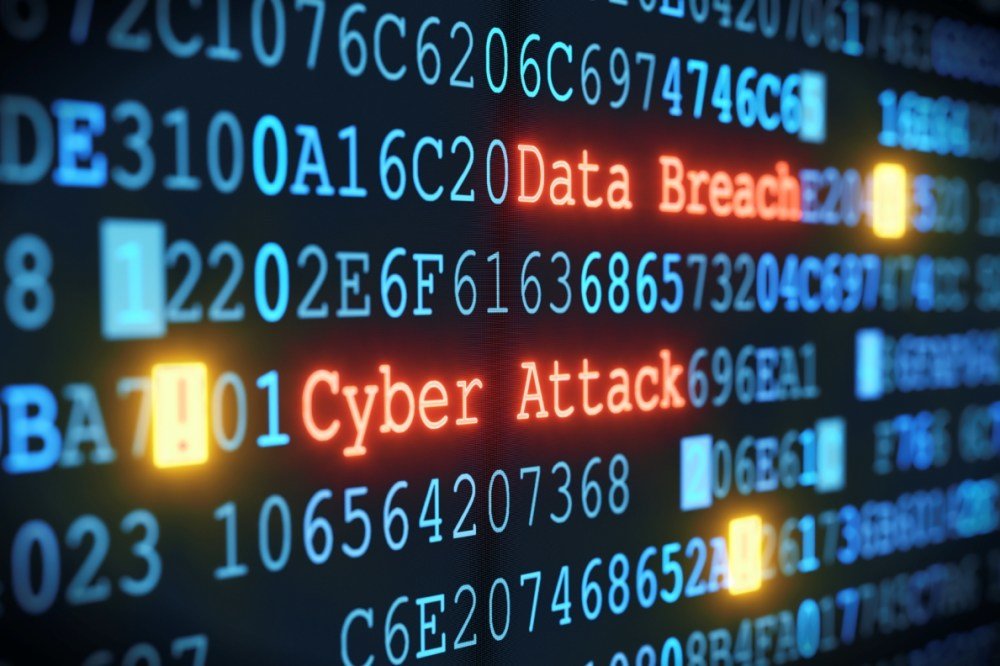How you protect yourself in 2019 as the Cybercrime continues to grow
Cybercrime continues to surge without a slowdown in sight. Cyber security and small to medium-sized enterprises is a big issue, but businesses can take steps to protect themselves, says Brian McCarthy of Cherub Availability Services, expert in cybersecurity, data management, email and endpoint protection.
Cyber security and small to medium sized companies: how can they defend themselves against the cyber security bogeyman?
The cybersecurity threat continues to worsen. In the first half of 2018, the number of cyber breaches soared over 140% from a year earlier, leading to 33 billion compromised data records worldwide, reports Gemalto, an international data security company. Malicious outsiders sparked more than half of the 944 breaches and accounted for roughly 80% of stolen, compromised or lost records. Identity theft continues to lead data breach types, but financial access incidents are escalating in severity as well. The issue of cyber security and small and medium-sized companies is becoming vital.
The United States continues to be the favorite target, and data breaches at major US enterprises continue to grab the headlines. In 2018, the most notable breaches have occurred at Adidas, FedEx, Jason’s Deli, Macy’s, Under Armour, Nordstrom’s and most infamously, Facebook.
Small to medium-sized enterprises are increasingly targeted
As for cyber security and small to medium-sized companies, many are realizing that they are viewed as attractive a target as the larger companies. Cisco’s 2018 SMB Cybersecurity Report found that 53% of mid-market companies in 26 countries experienced a breach. For these companies, the top security concerns are targeted phishing attacks against employees, advanced persistent threats, ransomware, denial-of-service attacks and the proliferation of employees allowed to use their own mobile devices.
Malware of all types is a huge problem. It is becoming more difficult to combat as cyber-attackers get more adept at developing software that can evade traditional detection and employ more sophisticated malware.
For small to medium businesses, one breach often puts a victim out of business. That’s because 54% of all cyber-attacks cause financial damages exceeding $500,000, the 2018 Cisco SMB cybersecurity report shows. That price tag along with a damaged reputation are hard to survive. If they do survive, they still face significant system downtime that averaged eight hours or more in the last year.
Further, such companies often lack the IT talent, budget and technologies to prevent, uncover and respond to an attack.
How to better defend against cyber-theft
Unsurprisingly, there is no easy solution – and none is likely within the near future – to prevent data breaches. But all businesses, especially small and medium sized companies can become better prepared and more adept at protecting against cyber-crime, says Brian McCarthy, CISC for Cherub a well-known cybersecurity services provider based in Orlando Florida.
McCarthy suggested five actions concerning cyber security and small to medium-sized enterprises that can be taken to become more security-conscious:
1. Conduct a security audit. Learn how secure your network and other security systems are, where vulnerabilities exist and how to resolve them. If you consider cybersecurity insurance — currently the fastest-growing insurance — or have coverage from a business insurer, the insurer can usually refer you to resources to assist in the audit.
2. Ensure you have a proper backup system. And make sure it is easy to access in case you need to restore one piece of the system rather than the entire system. Enterprise-level cloud systems like Druva can help.
3. Examine all the entry points into your system and consider where they are vulnerable. These include all your workstations, communications and mobile devices as well as employee access cards, the internet and cameras.
4. Assess your system threats. These include client lists, passwords, data logs, backups and emails, and anyone who specifically has access to the system, including customers and vendors.
5. Put a prevention system in place to defend against intruders. Put yourself in the place of the cyberattacker and consider the possible ways the attacker could access your system and steal your data. If your internal IT staff isn’t experienced enough to handle, entrust a third-party firm, because the prevention system must cover physical and digital security.
It will pay to increase spending on cyber-security protection, developing qualified cyber security personnel and, perhaps, hiring a chief information security officer. Global spending on cyber security products and services is seen exceeding $1 trillion cumulative from 2017-2021, compared to a global cyber security market of just $3.5 billion in 2004. Businesses seem to be getting the message, but not fast enough, as far cyber security and small to medium-sized companies, the message needs to be absorbed much faster.
How diversity can help fight cyber-attacks
AI for cyber, you don’t need to know what the threat is, just the network, says McCarthy
With the continued spike in cyber breaches, it’s clear that all businesses, must improve their security. Simply investigating all security alerts received will help since over half now go uninvestigated. More small and medium businesses say they realize how critical it is to have a secure, protected network and system. Unfortunately, some only recognize it after they’ve suffered an attack costly to their reputation and their business.
For more information contact one of our cybersecurity experts, info@cherubas.com, call (844) 44-CHERUB x707, or @CyberCherub










